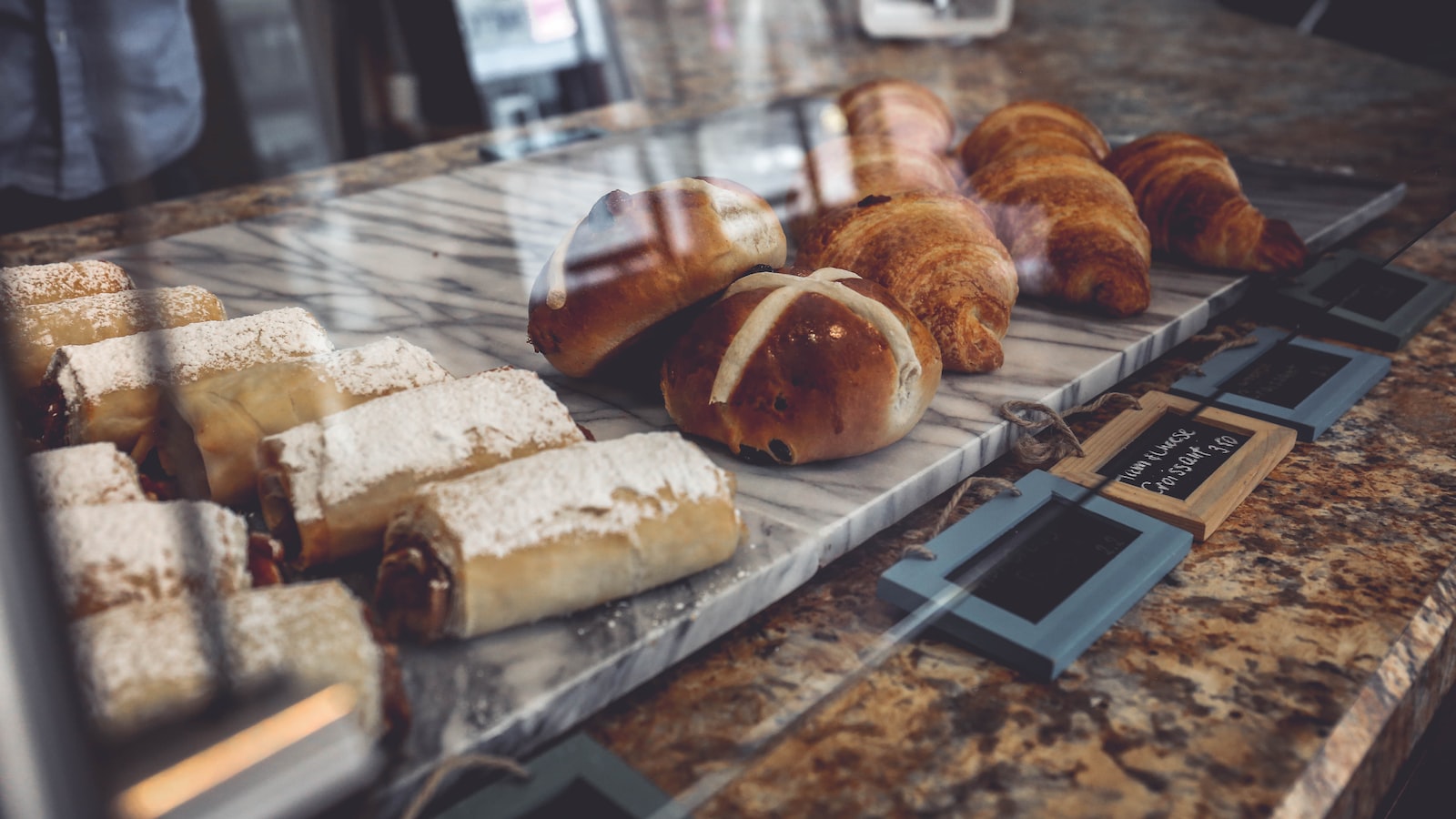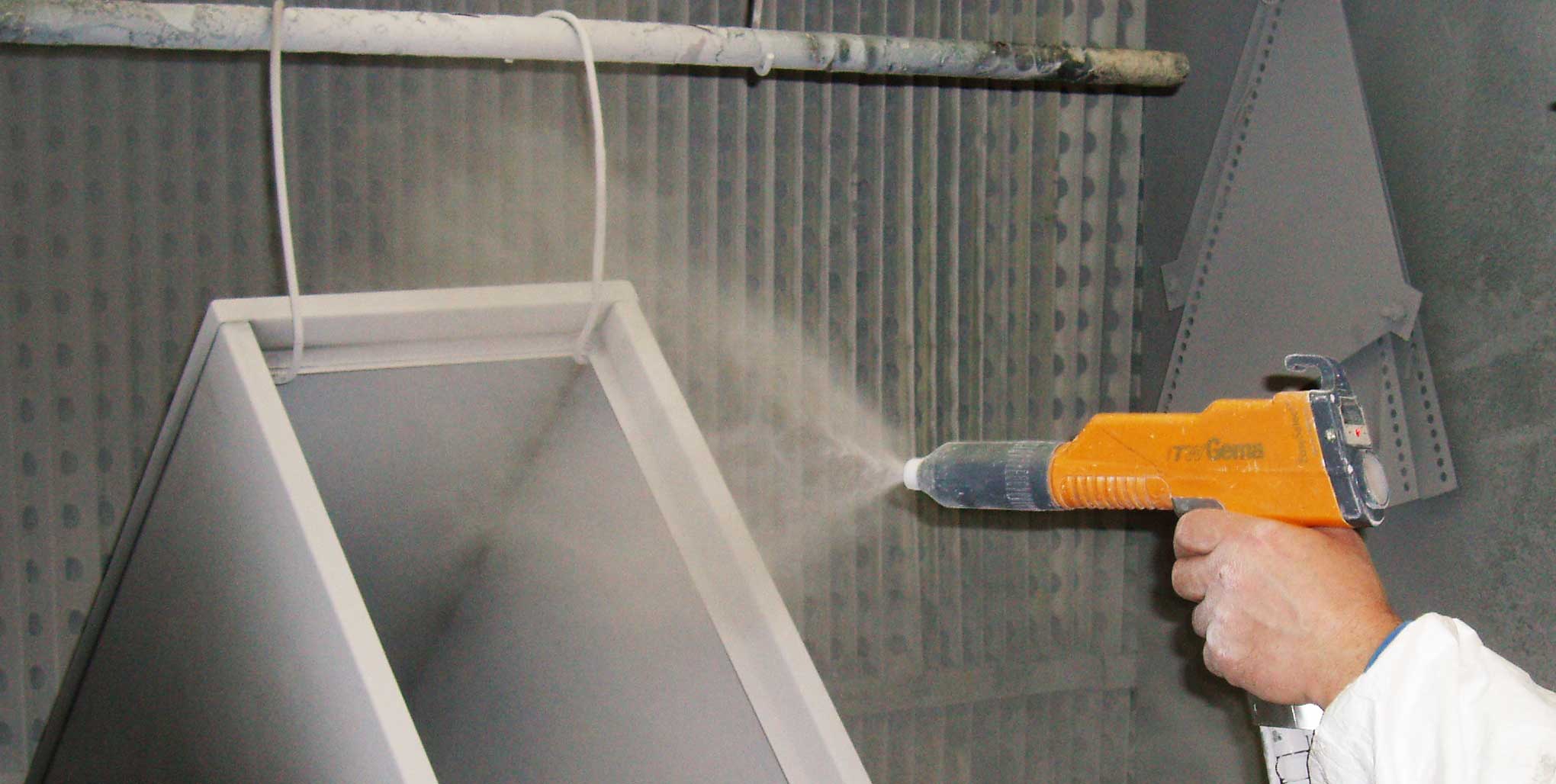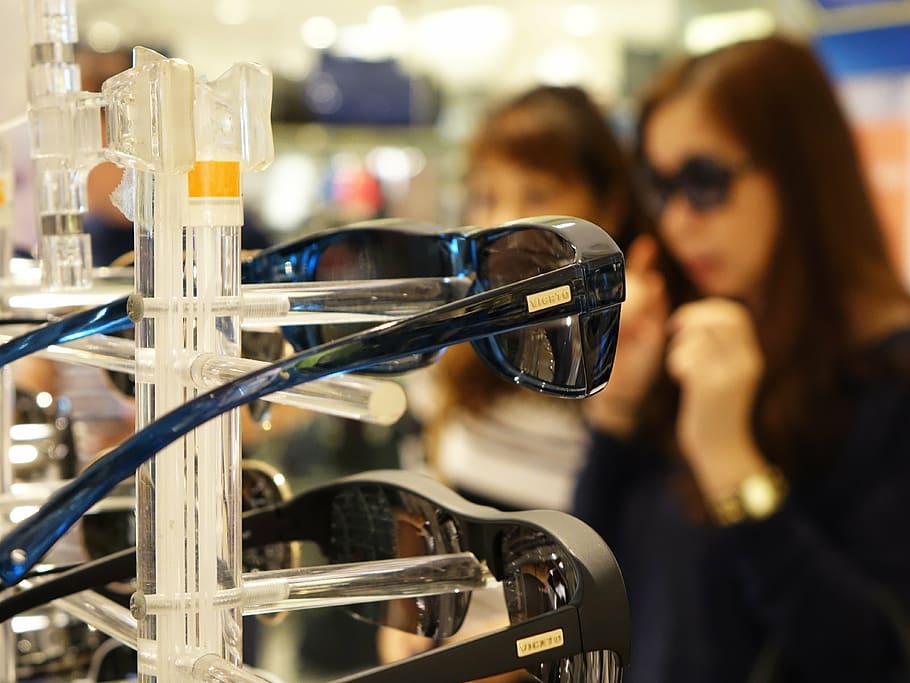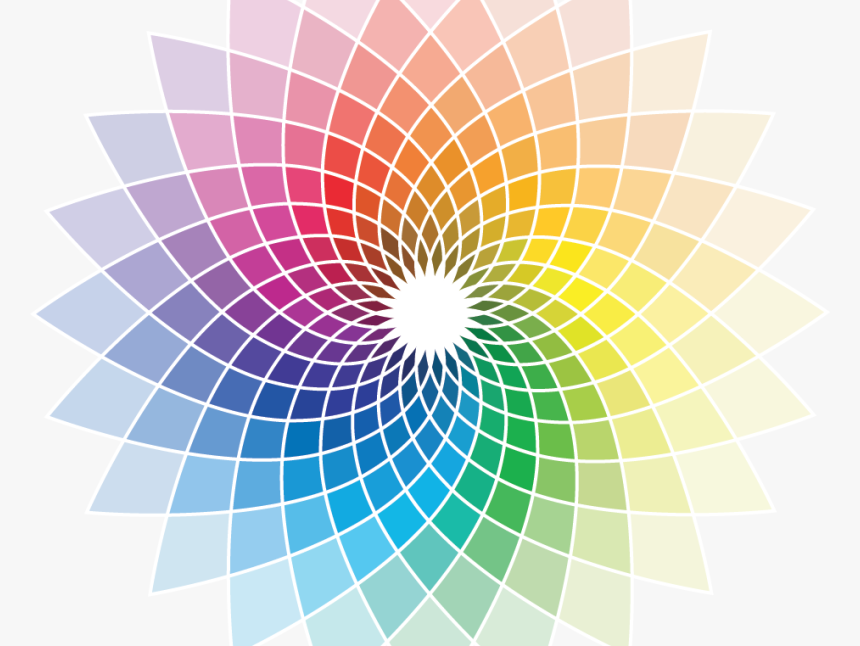Powder coating has become increasingly popular in various industries for its durability, uniform appearance, and overall versatility. However, one key concern that arises is how powder coatings hold up when exposed to ultraviolet (UV) radiation. In this article, we will explore the important topic of UV resistance in powder coatings, including the factors that influence it and the implications it has on the overall performance and longevity of the coated surface. By gaining a deeper understanding of powder coating UV resistance, professionals and industries alike can make informed decisions when selecting and utilizing powder coatings, ensuring optimal performance even in the face of harsh UV environments.
Table of Contents
- Understanding the Impact of UV Radiation on Powder Coatings
- Factors Influencing UV Resistance in Powder Coatings
- Enhancing UV Resistance in Powder Coatings: Best Practices and Considerations
- Key Recommendations for Ensuring Long-lasting UV Protection in Powder Coatings
- Q&A
- Insights and Conclusions

Understanding the Impact of UV Radiation on Powder Coatings
When it comes to powder coatings, understanding the impact of UV radiation is crucial for achieving optimal performance and durability. UV radiation, which is part of the electromagnetic spectrum, can have both positive and negative effects on powder coatings. Here’s a closer look at how UV radiation influences the properties and behavior of powder coatings.
- Colour Fading: UV radiation can cause pigments in powder coatings to fade over time. This is particularly important to consider for outdoor applications, where prolonged exposure to sunlight can lead to color changes. Understanding the specific UV resistance characteristics of powder coatings is essential for ensuring long-lasting color stability.
- Degradation: UV radiation can also trigger the degradation of powder coatings. This process, known as photodegradation, occurs when the chemical structure of the coating is altered by UV exposure. The result is a loss of physical properties and a decrease in overall performance. Examining the resistance of powder coatings to UV degradation is vital to selecting the right product for different applications.
- Protection: While UV radiation can be detrimental to powder coatings, taking appropriate measures can help mitigate its impact. Incorporating UV absorbers into the coating formulation can provide protection against the damaging effects of UV radiation. This is especially significant in industries where exposure to sunlight is high, such as automotive and architectural applications.
is essential for engineers, applicators, and end-users to make informed decisions about product selection and application methods. By carefully considering factors like color stability, degradation resistance, and UV protection, powder coatings can provide superior performance and longevity in a wide range of environments.

Factors Influencing UV Resistance in Powder Coatings
When it comes to ensuring the longevity and durability of powder coatings, UV resistance plays a paramount role. Various factors must be considered to enhance this resistance and provide superior protection against the harmful effects of UV radiation. Understanding these factors can aid in formulating high-quality powder coatings that can withstand prolonged exposure to harsh outdoor conditions.
Nature of Pigments: The choice of pigments holds great significance in determining the UV resistance of powder coatings. Organic and inorganic pigments differ in their ability to withstand UV degradation. Inorganic pigments, such as titanium dioxide and iron oxide, possess excellent UV stability due to their inherent properties. On the other hand, organic pigments tend to be more susceptible to UV degradation. Therefore, formulations enriched with inorganic pigments are preferred for achieving superior UV resistance.
Resin Selection: The selection of an appropriate resin system is another crucial factor in enhancing UV resistance. Epoxy-based resins are known for their outstanding UV resistance, making them a popular choice for outdoor applications. Polyester resins also offer good UV resistance and can be further improved by incorporating UV absorbers or hindered amine light stabilizers (HALS). These additives effectively absorb UV radiation and mitigate its damaging effects, consequently increasing the longevity of the powder coating.

Enhancing UV Resistance in Powder Coatings: Best Practices and Considerations
Powder coatings are widely used in various industries due to their durability and superior aesthetics. However, one of the challenges faced by manufacturers is the degradation of these coatings when exposed to UV radiation. To mitigate this issue and enhance the UV resistance of powder coatings, certain best practices and considerations should be taken into account.
Firstly, selecting the right resin system is crucial. UV stable resins, such as polyester, acrylic, or polyurethane, should be chosen over other options to ensure better resistance against UV radiation. These resins contain specific additives that provide protection against UV degradation, minimizing the risk of discoloration and surface defects. Additionally, incorporating hindered amine light stabilizers (HALS) into the formulation can further enhance UV resistance by absorbing harmful radiation and converting it into heat. It is important to consult and collaborate with resin suppliers to determine the most suitable resin system for the desired UV-resistant powder coating.
In addition to resin selection, proper pigment and additive choices play a significant role in enhancing UV resistance. UV-absorbing pigments, such as titanium dioxide or iron oxide, act as a shield against UV radiation by reflecting or scattering the harmful wavelengths. This helps prevent photochemical reactions that lead to color fading or surface degradation. Incorporating inorganic or organic UV absorbers as additives can also contribute to improved UV stability. These additives work by absorbing and dissipating UV energy, thereby protecting the coating from degrading effects. It is essential to carefully consider the compatibility of pigments and additives with the chosen resin system to ensure optimum UV resistance.

Key Recommendations for Ensuring Long-lasting UV Protection in Powder Coatings
In order to ensure long-lasting UV protection in powder coatings, certain key recommendations need to be followed. Implementing these measures will not only enhance the durability of the coating but also prolong its resistance against harmful ultraviolet radiation.
Firstly, it is crucial to select high-quality raw materials and pigments that possess excellent UV stability. Opting for additives such as UV absorbers and hindered amine light stabilizers (HALS) can significantly boost the performance of the coating by absorbing and dissipating the harmful energy of UV rays. By incorporating these additives into the formulation, the powder coating can effectively shield the substrate from degradation caused by ultraviolet exposure.
- Choose raw materials with superior UV stability
- Include UV absorbers and HALS additives in the formulation
- Ensure proper curing of the powder coating to maximize UV resistance
- Apply an additional clear topcoat with UV blockers for enhanced protection
Furthermore, ensuring proper curing of the powder coating is essential to achieve optimal UV resistance. Proper temperature and time settings during the curing process must be strictly adhered to in order to achieve the desired cross-linking and film formation. Inadequate curing can lead to reduced UV protection and premature degradation of the coating.
Lastly, to provide an added layer of defense against the damaging effects of UV radiation, applying a clear topcoat containing UV blockers is highly recommended. This topcoat acts as a shield by absorbing and reflecting the harmful UV rays away from the underlying powder coating layer, further enhancing its longevity and UV protection capabilities.
Q&A
Q: What is powder coating UV resistance?
A: Powder coating UV resistance refers to the ability of a powder-coated surface to withstand the harmful effects of ultraviolet (UV) radiation without significant degradation or loss of performance.
Q: Why is UV resistance important in powder coating?
A: UV resistance is crucial in powder coating as exposure to UV radiation can cause color fading, gloss reduction, chalking, brittleness, and overall deterioration of the coating. It is particularly vital for surfaces exposed to direct sunlight or outdoor environmental conditions.
Q: What factors determine the UV resistance of a powder-coated surface?
A: Several factors contribute to the UV resistance of a powder-coated surface, including the type and quality of the powder coating material, the thickness of the coating, surface preparation, application techniques, and exposure conditions.
Q: How does powder coating provide UV resistance?
A: Powder coating typically consists of polymer resin particles mixed with pigments and additives. These particles are electrostatically charged and applied to the substrate before being cured in an oven. The curing process transforms the powder particles into a continuous, resilient film that offers protection against UV radiation.
Q: Are all types of powder coatings equally UV resistant?
A: No, the UV resistance of powder coating can vary depending on the type of polymer resin used. Some polymers, such as polyester and polyurethane, exhibit excellent UV resistance, while others, like epoxy, are more susceptible to UV degradation. It is essential to choose the appropriate powder coating formulation based on the specific application requirements.
Q: Can powder coating protect against other environmental factors besides UV radiation?
A: Yes, besides UV resistance, powder coating can provide protection against corrosion, chemicals, abrasion, impact, and moisture. Its durability and resilience make it a popular choice for various industries, including automotive, aerospace, building and construction, furniture, and appliances.
Q: How long does the UV resistance of powder coating typically last?
A: The longevity of UV resistance in powder coating depends on multiple factors, including the quality of materials used, the application process, and maintenance practices. Generally, high-quality powder coatings with good UV resistance can maintain their performance for many years, even under harsh environmental conditions.
Q: What measures can be taken to enhance the UV resistance of powder coatings?
A: To improve UV resistance, manufacturers can incorporate UV stabilizers and additives into the powder coating formulation. Additionally, applying a clear topcoat with enhanced UV protection can provide an extra layer of defense against UV radiation.
Q: Can powder-coated surfaces be refurbished or rejuvenated if UV resistance diminishes over time?
A: When the UV resistance of a powder coating starts to diminish, the surface can be refurbished by recoating or repainting with a new layer of UV-resistant powder coating. Proper surface preparation, including cleaning, priming, and removal of damaged coating, is necessary to ensure adhesion and longevity of the new coating.
Q: Are there any limitations or precautions to consider regarding UV resistance in powder coating?
A: While powder coating offers excellent UV resistance, it is crucial to note that prolonged and excessive exposure to UV radiation can still cause gradual degradation over time. Therefore, regular maintenance, including cleaning and inspection, is advisable to identify and address any potential issues before significant damage occurs.
In Summary
In conclusion, UV resistance is a critical factor to consider when it comes to powder coating applications. This protective layer not only enhances the durability of the coated surfaces but also ensures long-term performance, even under harsh exposure to ultraviolet radiation. Through a combination of advanced formulation and curing technologies, powder coating manufacturers have been able to develop UV-resistant formulas that excel in maintaining their original color, gloss, and overall appearance over time.
Understanding the key components and properties that contribute to UV resistance is essential in choosing the right powder coating system for various applications. The use of UV stabilizers, proper pigments, and efficient curing techniques greatly influence the robustness of the coating against UV degradation. These factors determine the coating’s ability to withstand the detrimental effects of sunlight, such as color fading, chalking, gloss reduction, and degradation of physical properties.
It is important to note that while UV resistance is a significant consideration, other factors such as chemical resistance, mechanical durability, and adhesion strength should also be taken into account when selecting a powder coating system. Ultimately, a comprehensive understanding of the application requirements and the specific environmental conditions faced by the coated surfaces is necessary to make an informed decision.
By choosing a high-quality powder coating with optimal UV resistance, industries and consumers alike can benefit from enhanced product longevity, reduced maintenance costs, and improved overall aesthetics. Whether applied to architectural structures, automotive components, or industrial equipment, a UV-resistant powder coating ensures that exteriors remain vibrant, intact, and protected against the damaging effects of UV radiation.
In the ever-evolving world of powder coating technology, advancements in UV resistance continue to drive innovation, giving rise to superior coating systems that excel in performance and longevity. As researchers and manufacturers devote their efforts to improving UV resistance through innovative formulations and processes, the future of powder coating looks promising, providing reliable and sustainable coating solutions for countless applications.

